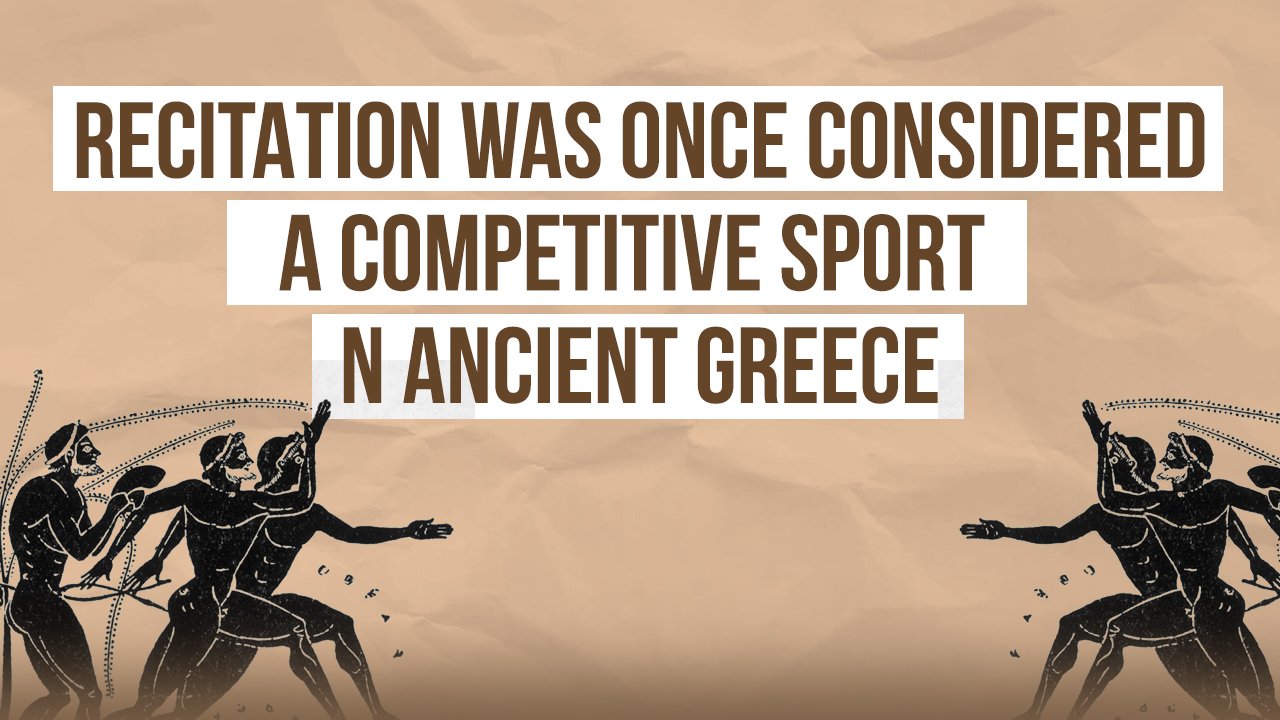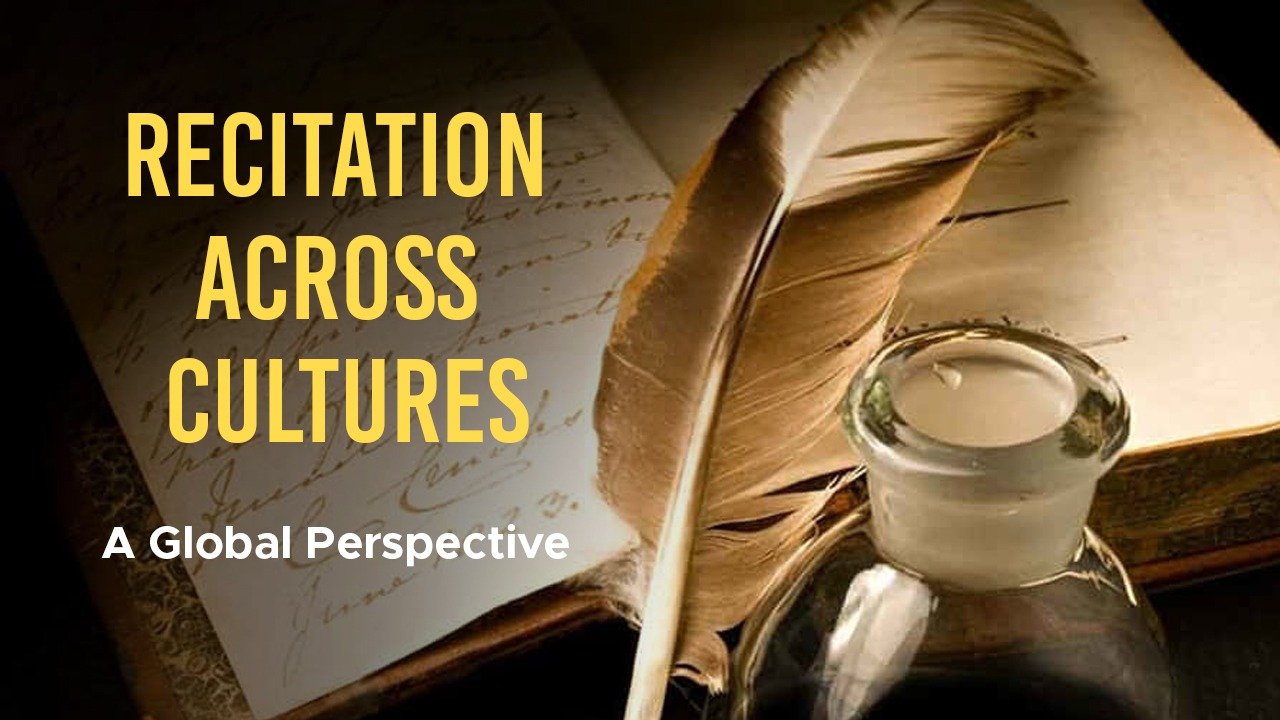Kaji Najrul Islam, doyen of the Bengali literature and an acknowledged maestro of animated poetry as well as rhythmic symphony, continue to enthral the listeners across various social strata. Gifted with uncompromising exuberance and dazlling flair, the poet still remains the bohemian icon.His entire life represents a saga of strife and struggle.In November of 1922, the young poet Kazi Nazrul Islam (1899–1976) was arrested in Calcutta, India, accused of sedition by the British government. He had recently published the poem “Anandomoyee Agomone” (“The Coming of Anandamoyee”), invoking the Hindu goddess Durga, who is beloved and celebrated with particular verve across Bengal. In the poem, however, Nazrul summons the warrior goddess to fight against imperial rule, denouncing the “butchery” of colonisation, describing the ways in which Indians were “wiped” and “hanged” and calling on Bengali youth to sacrifice their lives to overthrow the British. Anti-colonial sentiment was spreading across the subcontinent, and it was especially fierce in Calcutta, which had been the capital of British India until 1911, when it was moved to New Delhi because of rising nationalism. Nazrul’s language, nonetheless, came in stark contrast to both the ethos of Gandhi’s nonviolent Satyagraha movement and the lyricism of the traditional “high” Bengali of his contemporaries, such as the revered Bengali poet Rabindranath Tagore. Furthermore, though Nazrul, as he remains known, was born Muslim, his supplication of Durga was emblematic of what was already at the crux of both the controversy and the power of his work: the embodiment of Hindu-Muslim unity in letter and spirit. In response to his sedition charge, Nazrul further shocked the British and the Bengalis alike by representing himself in court, reading aloud from what became the essay “Deposition of a Political Prisoner.” Contrasting the tyranny of colonial rule with the divine “truth” of the poet, who “expresses the unexpressed,” he conjured, too, the image of a dhumketu, a comet. Dhumketu was also the title of the literary journal Nazrul then edited, in which “Anandomoyee Agomone” originally appeared (translation by Rajbondir Jabanbandi): “On one hand is the crown of the state and on the other is the flaming comet. One is the king with the mandate to convict. The other is the truth, bearing the truth of justice.” Nazrul was imprisoned for a year. “He would prove himself revolutionary, igniting both Bengali literature and its politics.” Nazrul’s opposition to British rule had been galvanised when he served in the British army during World War I, in the all-Bengali 49 th regiment based in Karachi. There, he encountered the cultural richness of pan-Islamic history, including the writings of the eleventh-century Persian poet Omar Khayaam and the fourteenth-century Persian poet Hafez, both of whose work, along with portions of the Koran, he would later translate into Bengali. Nazrul was also introduced to the ghazal, the poetic form that would later influence his own writing. At the same time, he was appalled that the victory of the Allies resulted in the widening of European colonisation across North Africa and the Middle East, fracturing much of the Muslim world. After the war, Nazrul returned to his native Bengal determined to write and rally against foreign rule. In doing so, he also sought to prevent Hindu-Muslim violence. Seeing, too, the abuse of the poor at the hands of wealthy Bengali landowners, known as Zamindars (Nazrul himself had been born into a rural farming family), he advocated against class and caste oppression. In the process, he would prove himself revolutionary, igniting both Bengali literature and its politics. A year before his sedition charge, Nazrul published what remains his most celebrated poem, “Bidrohi” (“The Rebel,” translated below by Sajed Kamal), which emphasises interdependence. Again integrating Hindu deities with Muslim references, the poem builds into a fury that defies not only religious pigeonholing, but also the flattening or separation of human experience: I’m the madness of the recluse, I’m the sigh of grief of a widow, I’m the anguish of the dejected, I’m the suffering of the homeless . . . I’m the eternal Rebel, I have risen beyond this world, alone With my head ever held high! Known ever since as the Bidrohi Kobi, or “rebel poet,” Nazrul endures as a household name on both sides of the Bengali border, in the Indian state of West Bengal and in Bangladesh, where he remains honoured as the national poet. In addition to his prose and poetry, Nazrul wrote over 3,000 songs, which Bengali children have been learning for generations. Despite this familiarity, however, much of the radical heart of Nazrul’s larger oeuvre, including his work as a freedom fighter, has been overlooked.
Kazi Nazrul Islam
Sarmistha Ray
||
Post On > May 24 2023 ||


The Best Places to Visit in West Bengal During Autumn-Winter Transition
2025-10-08 10:55:53

Durga Puja: A Celebration of Culture, Devotion, and Togetherness
2025-08-28 14:45:06

Recitation Was Once Considered a Competitive Sport in Ancient Greece
2025-08-13 13:11:14

Recitation Across Cultures: A Global Perspective
2025-08-06 14:50:44

The Power of the Spoken Word: Techniques and Traditions in Recitation
2025-07-30 13:51:52

Travel in Monsoon: A Magical Experience
2025-07-02 15:03:12